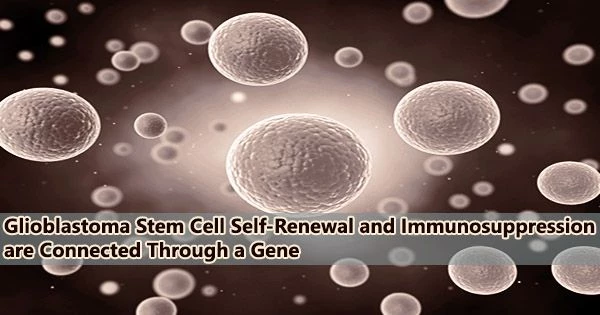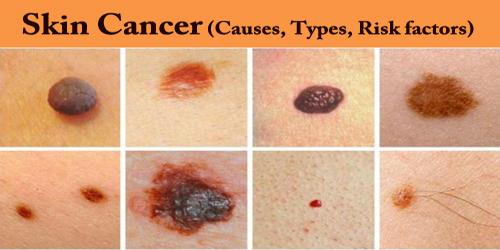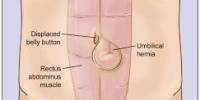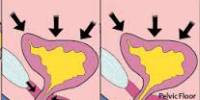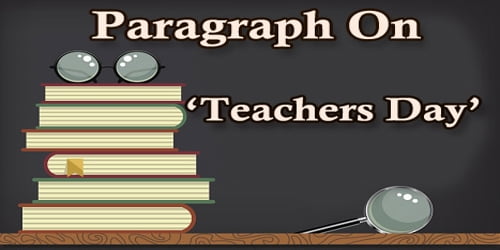According to a recent study published in Nature Immunology, researchers from Northwestern Medicine have discovered the gene that links glioblastoma stem cell self-renewal to microglia immunosuppression in glioblastoma.
According to the National Brain Tumor Society, the five-year survival rate for glioblastoma, one of the most difficult and treatment-resistant malignancies, is only 6.9%. Only eight months is believed to be the typical period of survival, a statistic that has hardly changed since glioblastoma was first described in scientific literature in the 1920s.
Glioblastoma is particularly difficult to treat because tumors are made up of a variety of different cells that can induce resistance to conventional therapy and immunotherapy, including self-renewing glioblastoma stem cells (GSCs) and immunosuppressive microglia, resident immune cells of the brain that have been reprogrammed in the tumor microenvironment, said Peiwen Chen, Ph.D., assistant professor of Neurological Surgery and senior author of the study.
“GSC stemness and microglia immunosuppression are two key hallmarks of glioblastoma,” said Chen, who is also a member of the Robert H. Lurie Comprehensive Cancer Center of Northwestern University. “Before, we didn’t really understand the mechanisms behind how these two have a symbiotic interaction with each other.”
The gene TFPI2 is amplified in a subset of glioblastoma tumors, according to the study’s researchers. They discovered this after comparing survival data with genes overexpressed in tumors that correlated with tumor stemness, or the ability of the GSCs to self-renew and proliferate.
Study investigators then knocked out TFPI2 in glioblastoma stem cells taken from both mice and humans and observed a drop in tumor cell self-renewal and proliferation.
We found that the TFPI2 is amplified in glioblastoma tumors and/or over-expressed in GSCs where it can promote GSC self-renewal through activating the JNK-STAT3 pathway. And on the other hand, we found that TFPI2 can be secreted from GSCs to trigger microglia infiltration into the tumor microenvironment and also promote microglia immunosuppressive polarization via activation of its receptor CD51 and the downstream signaling STAT6 in microglia.
Professor Peiwen Chen
In living mice with glioblastoma, deletion of TFPI2 both inhibited tumor growth and lengthened survival, according to the study.
Using RNA sequencing on control and TFPI2-depleted glioblastoma stem cells, researchers discovered that TFPI2 proteins influence stemness by activating a number of associated pathways that are known to support cancer stem cell maintenance in a variety of cancer types. The study also shows that GSC-secreted TFPI2 induces microglial infiltration and renders them immunosuppressive in the tumor microenvironment.
“We found that the TFPI2 is amplified in glioblastoma tumors and/or over-expressed in GSCs where it can promote GSC self-renewal through activating the JNK-STAT3 pathway,” Chen said. “And on the other hand, we found that TFPI2 can be secreted from GSCs to trigger microglia infiltration into the tumor microenvironment and also promote microglia immunosuppressive polarization via activation of its receptor CD51 and the downstream signaling STAT6 in microglia.”
The study found that blocking the signaling system in glioblastoma animal models inhibits tumor development, activates T cells, and works in conjunction with therapy.
Taken together, the findings identify TFPI2 as a major player in regulating GSC stemness and microglia immunosuppression and provide a new potential target for treating the aggressive tumors.
“We have linked the two hallmarks of glioblastoma and really understand the mechanism for this process, and we also identified therapeutic targets to block the GSC-microglia symbiosis,” Chen said. “Now we can really think about translational approaches for how to bring this into a clinical setting.”
“Chen and his collaborators have already filed a patent for the inhibitors used in the study and will begin designing a clinical trial to further validate the treatment,” he said.
